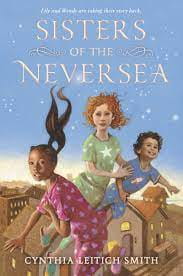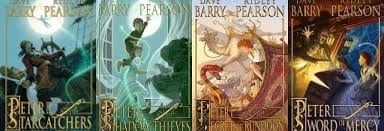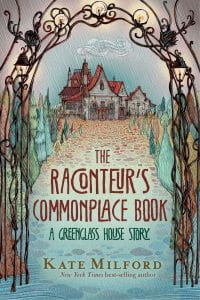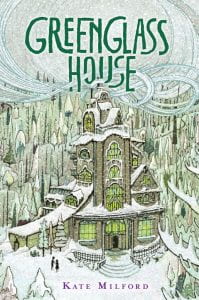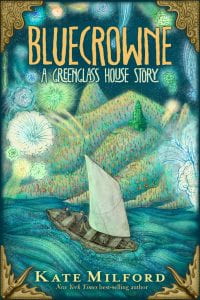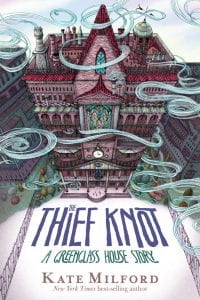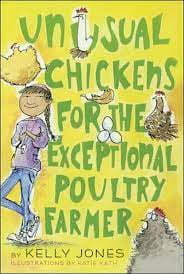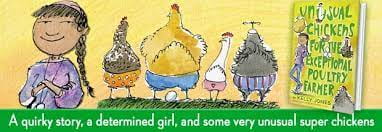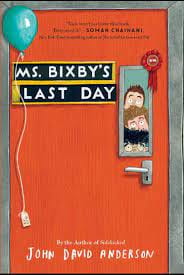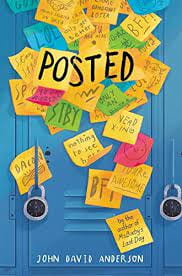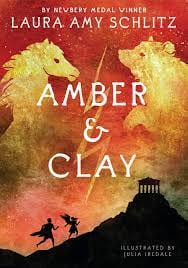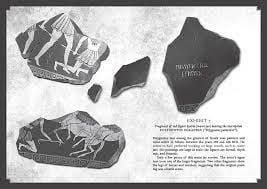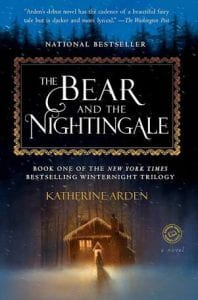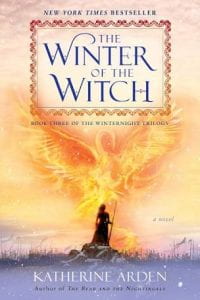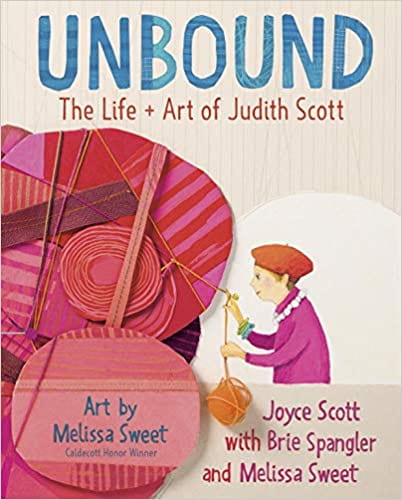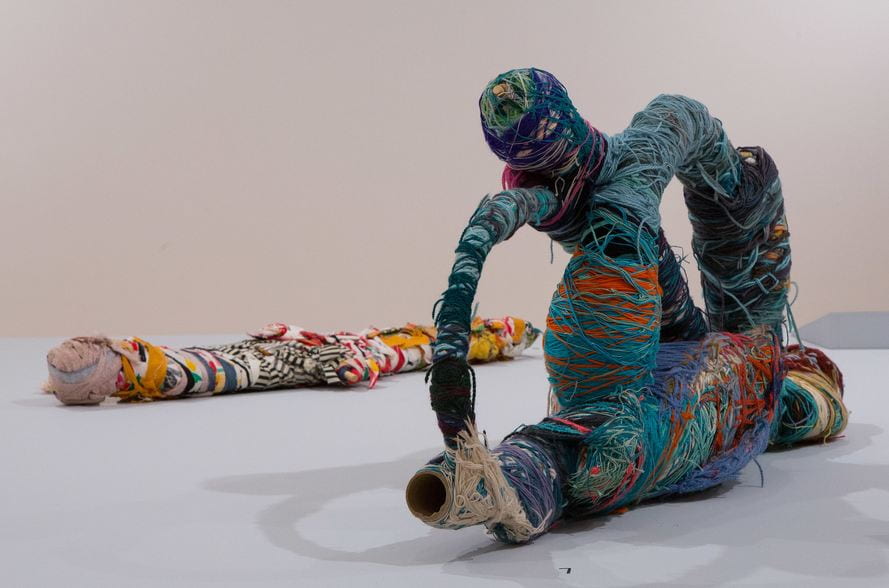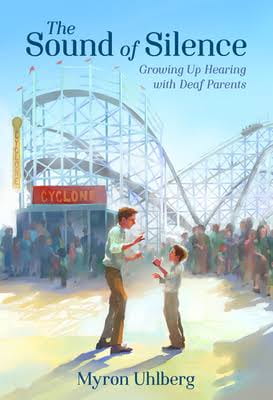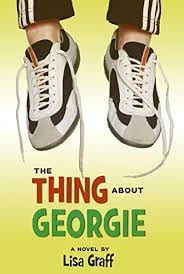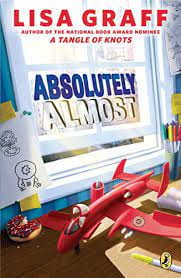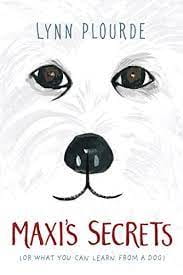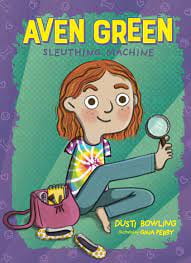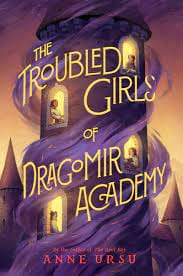 Marya Lupa is a girl from a remote village in Illyria. Unlike her brother, Luka, she had NO potential to bring her parents status and honor. Only the boys of Illyria can possess potential magical abilities. Only boys can become sorcerers and obtain the awesome job of protecting the country from the destructive, terrifying power of the DREAD. This is the destiny Marya’s parents plan for her brother to claim.
Marya Lupa is a girl from a remote village in Illyria. Unlike her brother, Luka, she had NO potential to bring her parents status and honor. Only the boys of Illyria can possess potential magical abilities. Only boys can become sorcerers and obtain the awesome job of protecting the country from the destructive, terrifying power of the DREAD. This is the destiny Marya’s parents plan for her brother to claim.
As long as Marya does her chores, her parents pay her little attention (though they criticize her from exploring her world and questioning everything.). When her younger brother succumbed to a fever, Maria has even more time on her hands. At home she is belittled and chastised so Marya often finds her way to her neighbor’s where she helps care for the two young boys or helps Madame Bandu, a tapestry weaver and keeper of Illyrian history, with her work.
In return for her help, Madame Bandu teaches Marya to read and encourages her to read everything and learn as much as she can. Marya learns history and folksongs. She learns science and mathematics. She learns the ways of people and the stories they share. Madame Bandu helps her wonder about what the tellers choose to share AND what they choose to omit. She encourages Marya to wonder about truth and to question who benefits by how a story is told.
On the day of Luka’s evaluation, it seems as though Marya may also have a bright future. Luka will be a scorcher and she could become Madame Banda’s apprentice. Possibility surrounds the Lupa family. Anything might be possible until everything explodes into a chaos of uncertainty. Luke is deemed to have no magical ability and Marya is compelled by order of the Emperor to attend The Dragonmir Academy for Troubled Girls. Why? What is the truth? Who benefits from the story – what is shared? What is omitted? Read this spellbinding tale to find out!
Happy Reading! 📚
